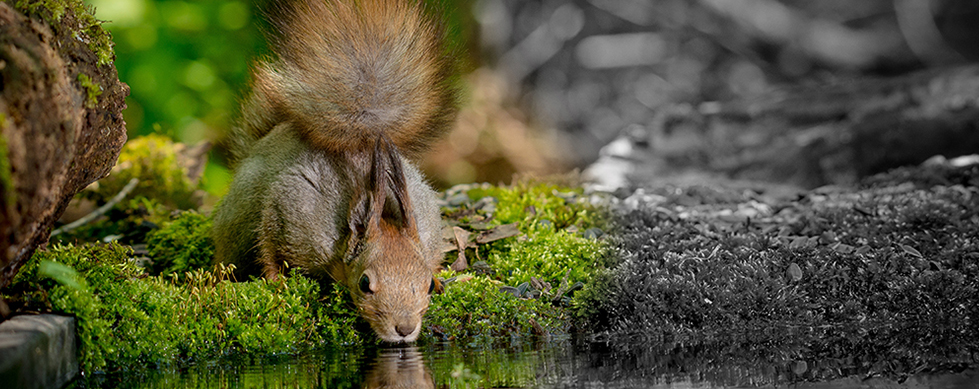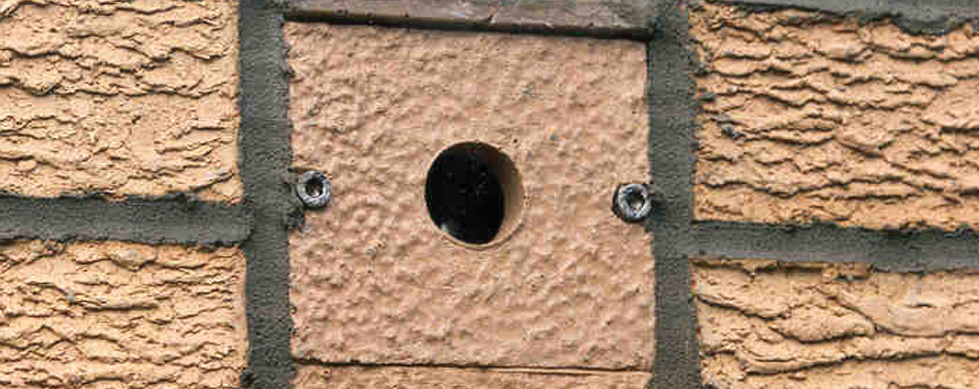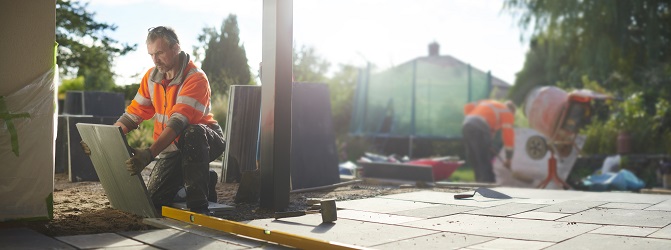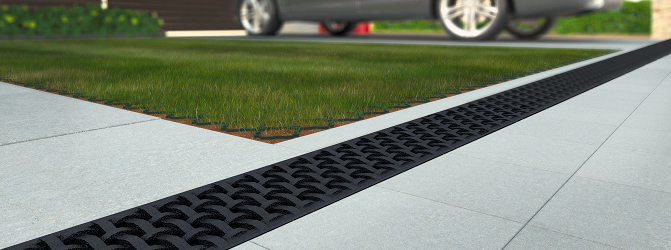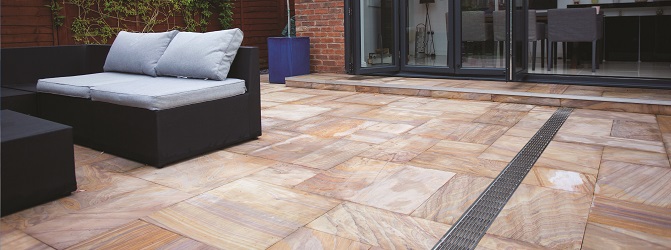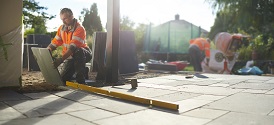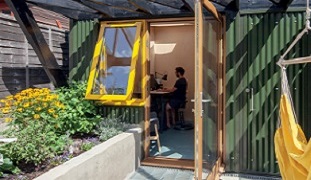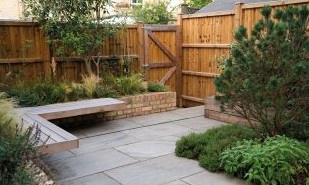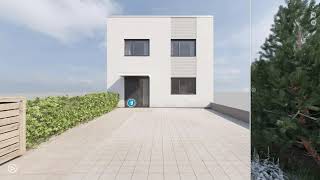Bring your garden to life by attracting wildlife
If you care about the planet we live on, you’ll be familiar with the word sustainable – and very likely keen to improve your sustainability credentials. But if you’d like to go beyond just cycling to work or recycling the rubbish, there’s one way of contributing towards a more sustainable planet that’s truly meaningful – encouraging biodiversity by attracting wildlife to your garden. Not only will you be delivering sustainability, it could improve your wellbeing and even add value to your property.
But before we discuss wildlife, let’s talk water. More specifically, rainwater.
Rain is a key ingredient for attracting birds, bees, bats and more to your outdoor spaces. But to get enough of this resource to be useful involves managing the rainfall that runs off your roof to prevent it flowing straight into the street or sewers. That means creating a SuDS (sustainable drainage system).
The thinking behind a SuDS is built on four key pillars; Quantity, Quality, Amenity and Biodiversity. Quantity is about controlling the amount of surface runoff water to help manage flood risk. Quality is about preventing that same rainwater collecting dirt and particles and polluting the surroundings. Amenity refers to using the water to create and sustain a better environment for people. Biodiversity is about creating and sustaining better places for wildlife – and it’s this last SuDS pillar we’ll concern ourselves with here.
In this article, we’ll suggest ways of helping wildlife to thrive by slowing the flow of rainwater, by holding on to it for later use, or (if neither of these are possible), via something other than rainwater.
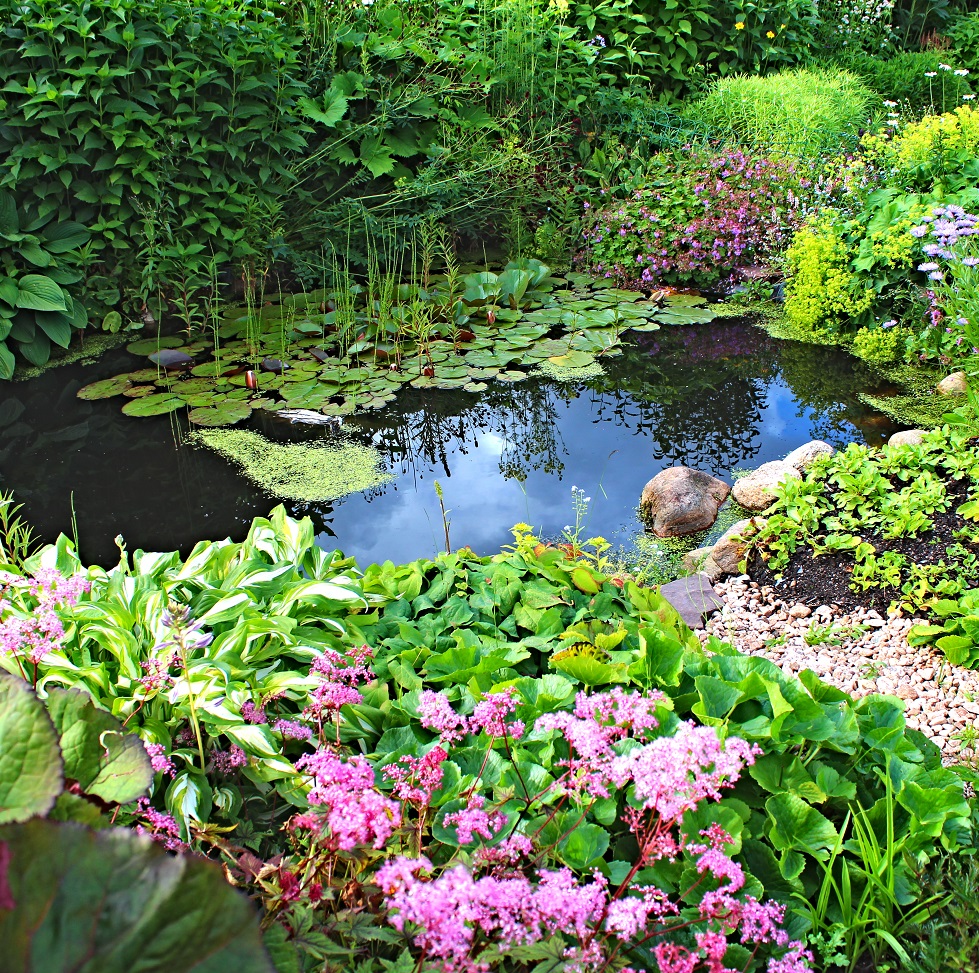
Slowing down rainwater
One fast way to attract wildlife is to slow down the rainwater’s journey back into the ground. A good SuDS design does exactly that.
Perhaps the most attractive and creative way to do encourage biodiversity – and slow the surface water’s journey back into the natural cycle – is by planning and building a rain garden. This idea exploits a shallow area of ground or natural depression. This is then planted with species that can stand waterlogging for up to two days.
Rain gardens require a well-drained area five metres or more from a building. Once you’ve dug a suitable area, you can use ACO channel drainage to get the water from the downpipe to the dip. A rain garden absorbs up to 30% more water than a lawn and can remove up to 80% of sediments from rainwater runoff. By slowing down heavy rainfall it’ll reduce soil erosion too. A rain garden embraces all four SuDS principals, but especially Biodiversity, as flora and fauna thrive around them. You can find out more here;
Capturing and retaining rainwater
Encouraging more wildlife means holding on to more rainwater. There are many ways to incorporate this into garden design, from solutions you see to those you don’t – but all benefit flora and fauna.
Harvesting rainwater is becoming increasingly popular with gardeners for ensuring there’s sufficient water onsite to cover prolonged dry periods (another bi-product of UK climate change). Rainwater is low in chalk so is particularly good for the plants that attract the insects that attract the birds and so on.
ACO’s solutions for rainwater harvesting include the ACO Rain4me range [add link here]. We’ve also developed the StormBrixx soakaway kit. This returns water to the natural water course, again slowly, as groundwater, instead of it running into sewers as surface runoff – a problem in the paved-over, non-permeable surfaces of urban areas which have now been linked to climate change.
Perhaps, though, the most visually rewarding method of holding onto rainwater is to create a pond.
According to the RHS, nearly 70% of ponds* have been lost from the UK countryside during the past century*. That makes the ponds and water features in our gardens increasingly vital for Britain’s wildlife.
Building a pond to accommodate wildlife needs a little extra thought, but is remarkably easy to pull off. Shape is crucial. Water levels fluctuate, so try to create a shallow slope so that animals can access the water easily. Think about a liner. Butyl liner can be shaped to create a more natural look for small ponds. For larger affairs look at puddled clay or sodium bentonite.
Site the pond where there’s partial shade. This will reduce algae issues, and the portion of the pond in full sun will help it warm more quickly in spring, making it more of a draw for spawning frogs and toads.
The good news is, once you’ve created your pond, you don’t even need to stock it with wildlife. Nature will populate a new pond surprisingly quickly – pond skaters and diving beetles can arrive within days, and damselflies and amphibians could be seen within the first year. From then on, keep an eye out for everything from boldly-coloured dragonflies to shy and elusive grass snakes – skilled swimmers that often hunt in small garden ponds. You can find out more here:
The larger your water feature, the bigger the wildlife it will attract. Large ponds will support waterfowl like moorhens, coots and mallard ducks. If you’re lucky enough to have a very large area of garden, and you were thinking of building a swimming pool, why not consider a swimming pond instead? Through careful choice of planting, the flora and fauna in the water does the job of chemicals in a swimming pool – keeping bacteria at bay and naturally maintaining water so that it’s clean enough to swim in. And let’s face it, watching waterfowl swimming majestically among the rushes of your swimming pond beats fishing frightened frogs out of pool filters.
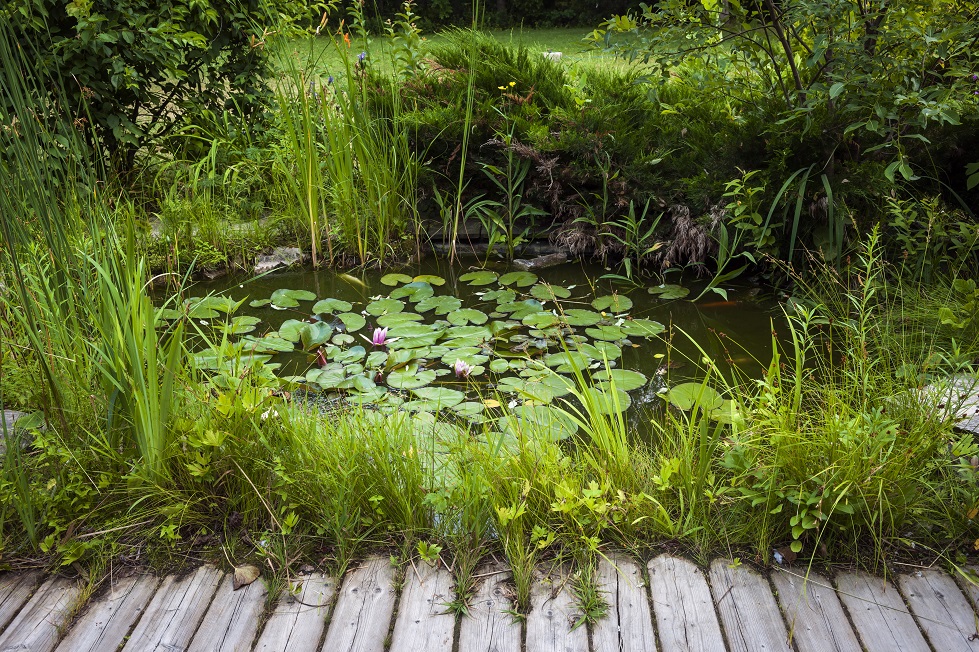
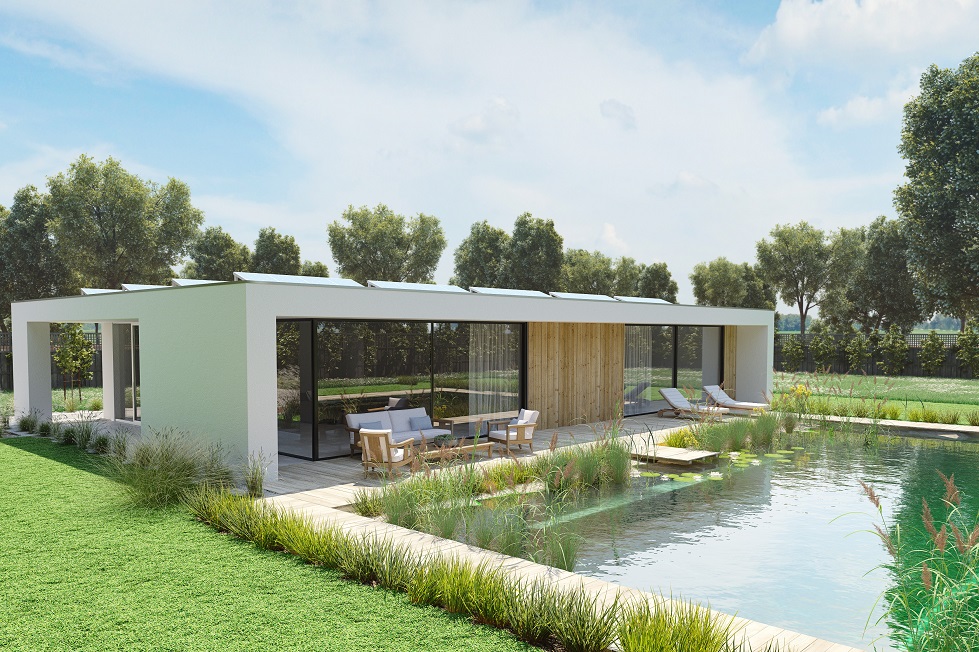
Attracting wildlife without using rainwater
While water plays a large part in attracting nature, it needn’t be the be-all and end-all. Small but carefully considered components in your property or garden can make a big difference to wildlife. ACO has a range of creature-friendly building materials that can be added during construction or built in retrospectively.
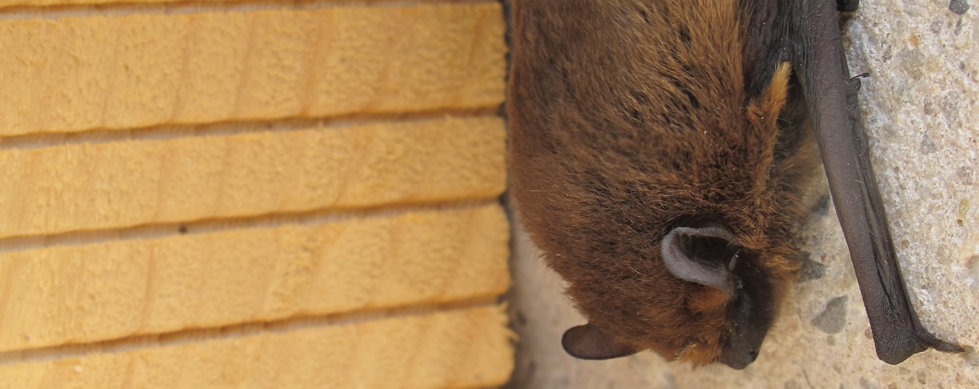
ACO Bat Boxes provide a sheltered roost for bats. Three brick courses high and half a course across, features include a removable front panel for ease of inspection (albeit by licensed persons). The inside of the box is also grit-blasted enabling the inhabitants to grip and there’s a little platform at the base for bats to use when arriving or leaving.
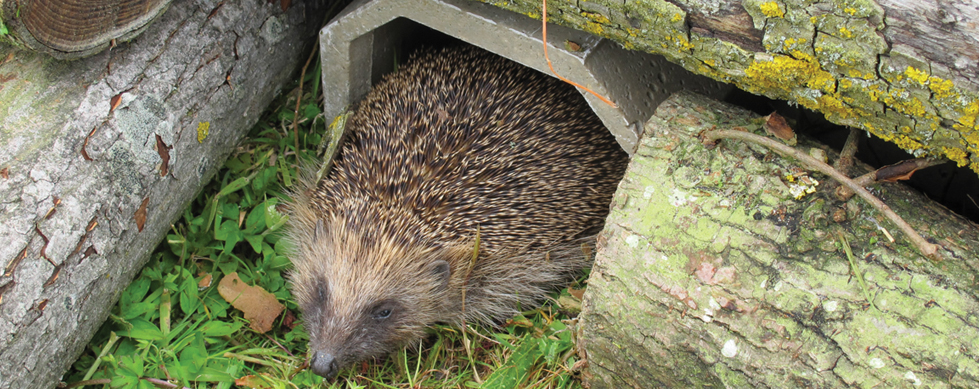
For wildlife on the ground, consider an ACO refuge. These come in five different designs, all providing shelter and sanctuary for various small animals. Entrances are designed to allow specific creatures in, while keeping predators out. From Types 1 to 5, the refuges cover (quite literally) such animals as hedgehogs, newts, lizards, snakes and voles. Through careful selection of materials and manufacture, these products are recyclable, and their non-metallic reinforcement prevents the distortion of magnetic fields which could potentially disorientate some species. The low thermal conductivity of the polymer concrete used also keeps creatures cool and calm in the hot summer months.
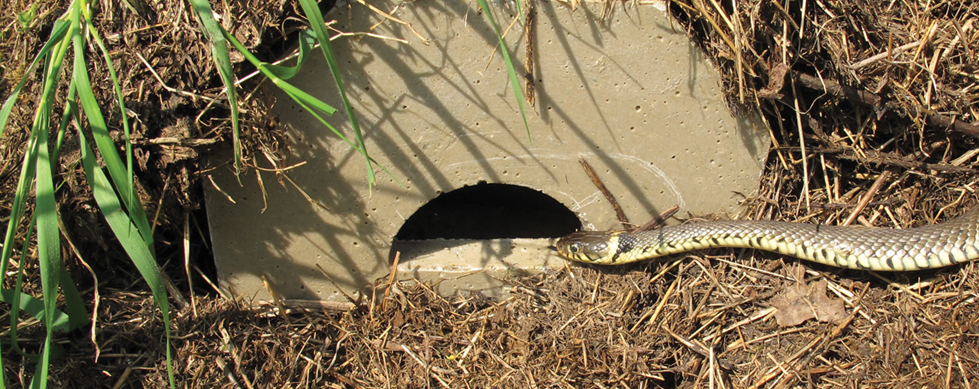
Other manufacturers have developed some equally innovate ways for building materials to aid biodiversity. Bee Bricks are cleverly made house bricks with small openings for bees to shelter and thrive in. Bee Posts are created in the same vein, but you needn’t always look to manufacturers to provide solutions. Bird baths and tables, and ‘Bee Hotels’ are all things you can construct yourself from scraps of wood or garden materials – the internet is full of helpful instructions on how to create them.
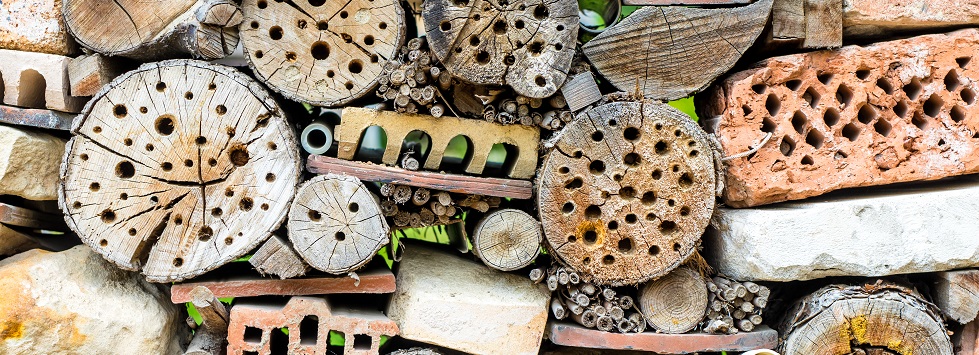
Others leading the biodiversity charge…
If you’ve read this far, you’re clearly someone who considers wildlife an important part of their lives. You’re not alone. Across Britain, local authorities and specific industries are also keen to attract wildlife in the push for more biodiversity. Many are adopting new policies to reduce the loss of habitat for wildlife. Brighton & Hove Council even have a new planning law, stipulating that any new building over five metres tall must include bird nesting boxes suitable for swifts. Following in the footsteps of councils in both Cornwall and Dorset, they’re now also insisting on those bee bricks we talked of earlier, being incorporated into walls.
Industry too, is taking steps conserve more wildlife. Initiatives like ACO’s own Habitat Matters programme is not only supported by wildlife organisations, but by architects and the building industry itself. While we all understand the need for more homes and the subsequent increase in urbanisation, we also believe that with careful planning, design, construction and management of the urban environment, wildlife and humans can live side by side for our collective prosperity. You can find out more here;
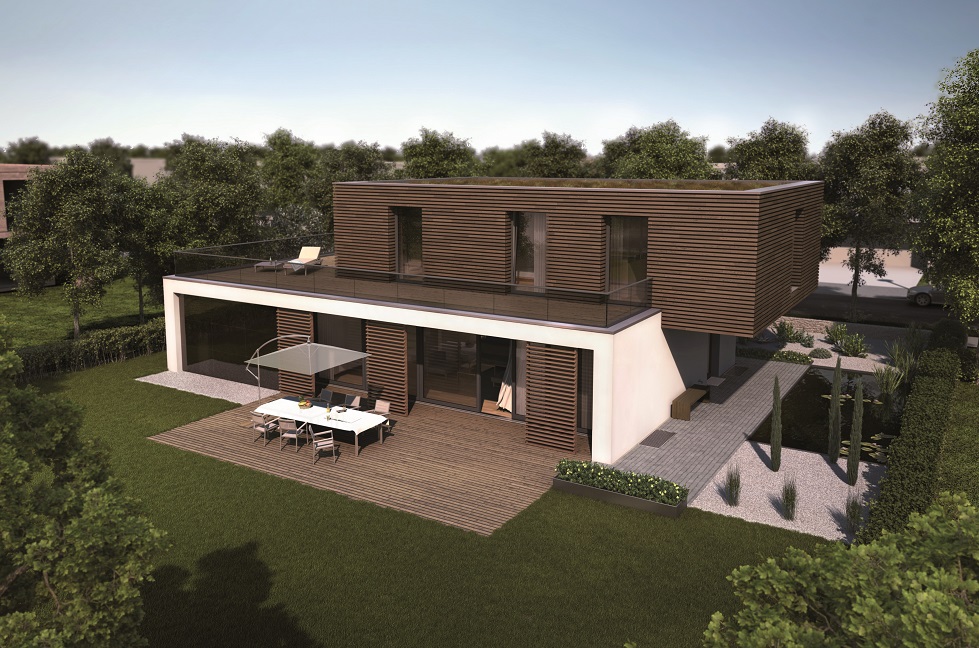
A win for both human and animals.
Bringing life to your garden by attracting birds, bees, butterflies et al, can be done using any one of the three above methods (or a combination of all three), and can carry major benefits.
In fact, encouraging wildlife may just go beyond contributing to a sustainable planet. As we alluded to at the beginning of this article, it could do wonders for both your personal wellbeing and your wallet. Think about this; when it comes to selling your property, a beautifully tended or newly landscaped garden can add considerable value – new research suggests that investing around £2,750 could add as much as 77%** onto the value of your house.
In other words, attracting nature could be more than just ecologically sound, it could end up being economically smart as well.
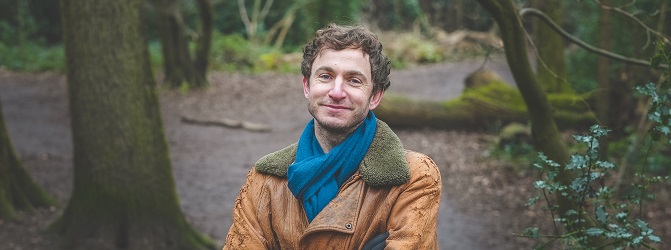
Video Interview: Garden design with Tom Massey
An inspirational and award winning garden designer from south-west London. Tom talks with ACO about what inspired him to start his career in garden design and the importance of considering sustainability in every project.
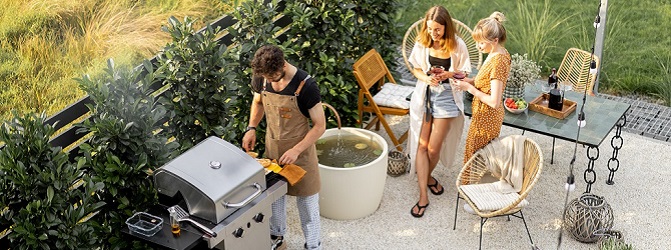
The unwanted water feature - Flooding in gardens and driveways
As a nation, we Brits spend no end of time and effort on our outdoor spaces. But the good old British weather can spoil all that effort in a moment. Rainwater – essential to the well-being of our gardens – can also ruin them if it can’t escape, leaving us with flooded flora and driveways drowned in brown standing water.

Garden designers and landscapers we have a page just for you
If you want tips and inspiration from world leading garden designers, and inspiration of how to handle changing customer needs.
